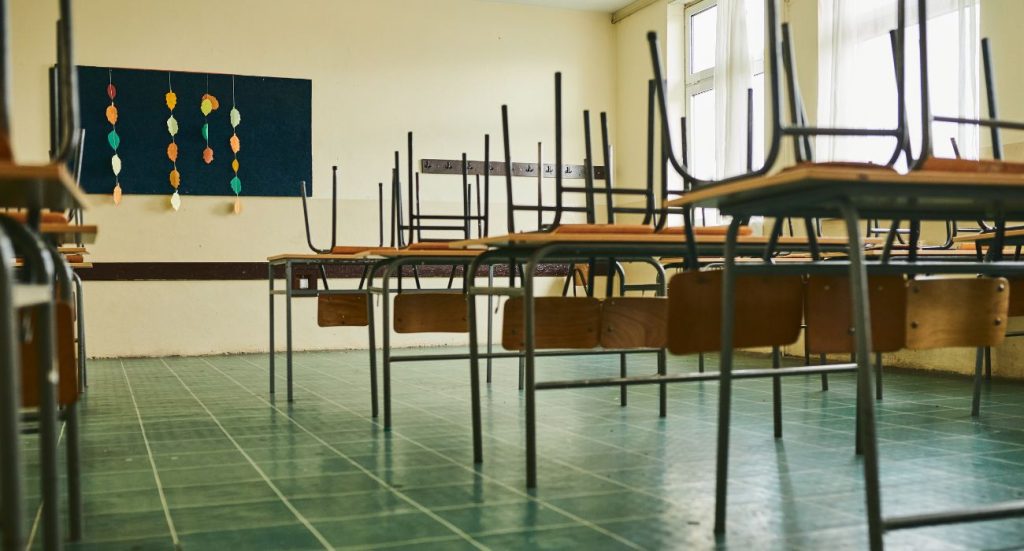In March 2020, the world came to a near halt as the COVID-19 pandemic led to nationwide lockdowns and school closures, forcing students into widespread remote learning.
The reopening of schools did not happen as quickly as the lockdowns. Because of the decentralized nature of the American public education system, the federal government was unable to mandate a return to in-person learning. Each school district was given the authority to decide, resulting in varying return dates for in-person classes.
Since the lockdowns, some schools have implemented a more relaxed attendance policy, a significant contrast from the education environment before 2020.
In October 2021, a school district in North Carolina voted closed campuses for a day focused on kindness, community, and connection, essentially a mental health day with no need to make up for lost time at the end of the year.
The following month, two school districts in Virginia dismissed students early on select Wednesdays to address teacher burnout, as reported by NBC News.
In November 2021, sudden school closures closures for various reasons impacted 858 districts and 8,692 campuses across the country, according to Burbio, an organization that monitors school district websites, cited by KERA News.
In some parts of the country, lawmakers have enacted laws that allow students to take mental health days, including states like California, Maine, Washington, and Oregon.
More recently, schools have announced that students can stay home to witness the total solar eclipse on April 8 instead of using the opportunity for an in-class learning experience. Some school districts in North Texas shut their doors, including Waxahachie ISD and Greenville ISD.
Frisco ISD stated that it would not cancel classes, and student absences with a parent note would be excused.
It appears that schools now have the ability to close at any time for any reason.
In addition to frequent class cancellations, student absenteeism remains high throughout the United States following the pandemic lockdowns.
“Our engagement with school became optional,” said Katie Rosanbalm, a psychologist and associate research professor with the Center for Child and Family Policy at Duke University, as reported by The New York Times.
Quintin Shepherd, the superintendent of Victoria ISD in Texas, told NYT, “If kids are not here, they are not forming relationships.”
He went on to note that the lack of relationships on campus has led to discipline issues, academic struggles, and even violent behavior.
The combination of students' frequent absence and schools' tendency to cancel classes presents a dangerous situation. Some experts suggest that a cultural shift occurred after the pandemic lockdowns and schools' transition to online learning, as previously reported by The Dallas Express.
At Dallas ISD, only 41% of students scored at grade level on the 2021-2022 STAAR exams, according to the Texas Education Agency’s accountability report. In contrast, nearly 20% of its graduating Class of 2022 did not receive a diploma within four years.



